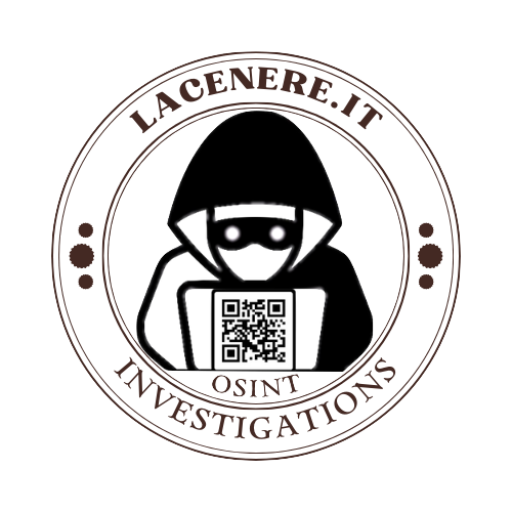Feature Extraction-AI-powered data extraction tool
AI-driven feature extraction for smarter insights.
Give me a description of what you require!
Related Tools
Load More
OCR with GPT Vision
VisionText Extractor GPT is designed to perform Optical Character Recognition (OCR) on uploaded images, extracting text with precision.

Face Reader
Moved to https://chat.openai.com/g/g-q6GNcOkYx-face-reader. Reads faces to tell fortunes based on Chinese face reading. Turned off setting to use data for OpenAi to improve model.

Facial Feature Analyzer
Analyzes images and crafts detailed midjourney prompts

Computer Vision Expert
Academic expert in computer vision, offering innovative insights for deep learning models.

GPT Vision
I specialize in reading text directly from images, perfect for quick text extraction.

Data Extractor - JSON
Converts documents/text to structured data (JSON).
20.0 / 5 (200 votes)
Understanding Feature Extraction
Feature Extraction is a critical process in data analysis, machine learning, and natural language processing (NLP) that involves identifying and isolating the most relevant data attributes or features from raw datasets. These features are used to build predictive models, classify information, or understand patterns within the data. By automating the extraction of meaningful features, systems can improve accuracy, efficiency, and scalability in various tasks such as image recognition, text analysis, or recommendation systems. For example, in text analysis, Feature Extraction may involve isolating keywords, sentiment, or named entities from a body of text, transforming it into structured data that a model can use for further processing. In an image recognition scenario, Feature Extraction would identify visual features like edges, textures, or shapes to help classify objects in an image.

Core Functions of Feature Extraction
Dimensionality Reduction
Example
In predictive modeling, removing irrelevant or redundant data points to enhance model performance.
Scenario
A financial institution uses Feature Extraction to filter out unnecessary transaction data (such as timestamps) and focuses on features like transaction amount and location to detect fraudulent activities more efficiently.
Structured Data from Unstructured Data
Example
Transforming text data into numerical vectors for NLP applications.
Scenario
A customer service chatbot uses Feature Extraction to analyze support tickets. The process identifies customer sentiment, key complaints, and urgency levels by extracting important keywords and phrases, transforming them into a format that the machine learning model can interpret.
Pattern Recognition
Example
Identifying recurring patterns or features in large datasets for better decision-making.
Scenario
In medical diagnostics, Feature Extraction from MRI images identifies abnormalities such as tumors or growth patterns. These extracted features help radiologists make more accurate diagnoses and predict patient outcomes.
Target Users of Feature Extraction
Data Scientists and Machine Learning Engineers
These professionals use Feature Extraction to preprocess data and optimize machine learning models. By automating the extraction of the most informative features, they can focus on improving model performance without manually sorting through raw data. Feature Extraction is especially valuable when working with large datasets, enabling more efficient and accurate predictions or classifications.
Business Analysts and Decision Makers
Business analysts benefit from Feature Extraction as it enables them to make data-driven decisions by providing insights from large, unstructured datasets. Whether identifying market trends, customer preferences, or operational bottlenecks, Feature Extraction allows them to access the most relevant information to make strategic choices faster and with greater confidence.

Guidelines for Using Feature Extraction
1. Access the Tool
Visit aichatonline.org for a free trial with no login required, and no need for ChatGPT Plus subscription.
2. Input Data
Enter the text, data, or documents you want to extract features from. The tool is versatile and accepts various formats such as plain text, PDFs, and structured data.
3. Define Features
Specify the features or key elements you wish to extract. This could include entities (like names, dates), themes, patterns, or any specific attributes based on your use case.
4. Run the Extraction
Execute the extraction process by selecting the relevant model or algorithm from a set of pre-configured options designed to optimize results based on data type and extraction goals.
5. Review and Refine
Analyze the extracted results, and if needed, refine the parameters or features. The tool allows for iterations to fine-tune the extraction process, ensuring high accuracy and relevance.
Try other advanced and practical GPTs
Metagenomics Analysis
AI-driven metagenomics insights for all

Osint Analysis
AI-powered Open Source Intelligence Tool.

analysis
AI-Powered Analysis for In-Depth Insights

Literary Analysis
AI-powered insights for literary analysis

Statistical Analysis
AI-Powered Statistical Insights

Analysis
AI-Powered Problem Solving for Everyone

Fundamental Analysis
AI-powered financial insights.

Copywriting Carrossel
AI-powered copywriting for Instagram success

バズワード職人
AI-driven tool for creating engaging, buzz-worthy titles.

Expert Grant Proposal Writer
AI-powered grant proposal excellence.

Business Mentor
AI-Powered Business Strategy and Planning

Voice Innovator
AI-powered, customizable voice generation.

- Text Analysis
- Sentiment Analysis
- Data Mining
- Pattern Detection
- Entity Recognition
Feature Extraction FAQs
What types of data can be processed using Feature Extraction?
Feature Extraction supports a wide range of data formats including plain text, CSV files, PDFs, and structured databases. You can extract specific entities like keywords, sentiment, dates, or thematic patterns from these formats.
How customizable is the extraction process?
The extraction process is highly customizable. You can define the specific features, patterns, or data elements you want to extract, adjust the extraction criteria, and even select different models to optimize performance for particular types of data.
Can Feature Extraction handle large datasets?
Yes, the tool is scalable and can process both small and large datasets. It utilizes efficient algorithms to ensure quick processing times, even for complex or voluminous data sources.
What are some common use cases for Feature Extraction?
Feature Extraction is commonly used for sentiment analysis, entity recognition, academic research, data classification, and information retrieval from large documents or reports. It’s ideal for businesses, researchers, and content creators.
Does Feature Extraction require coding knowledge?
No, the tool is designed to be user-friendly, with an intuitive interface that allows non-technical users to extract features from their data without the need for coding. However, advanced users can integrate their own scripts for more complex needs.